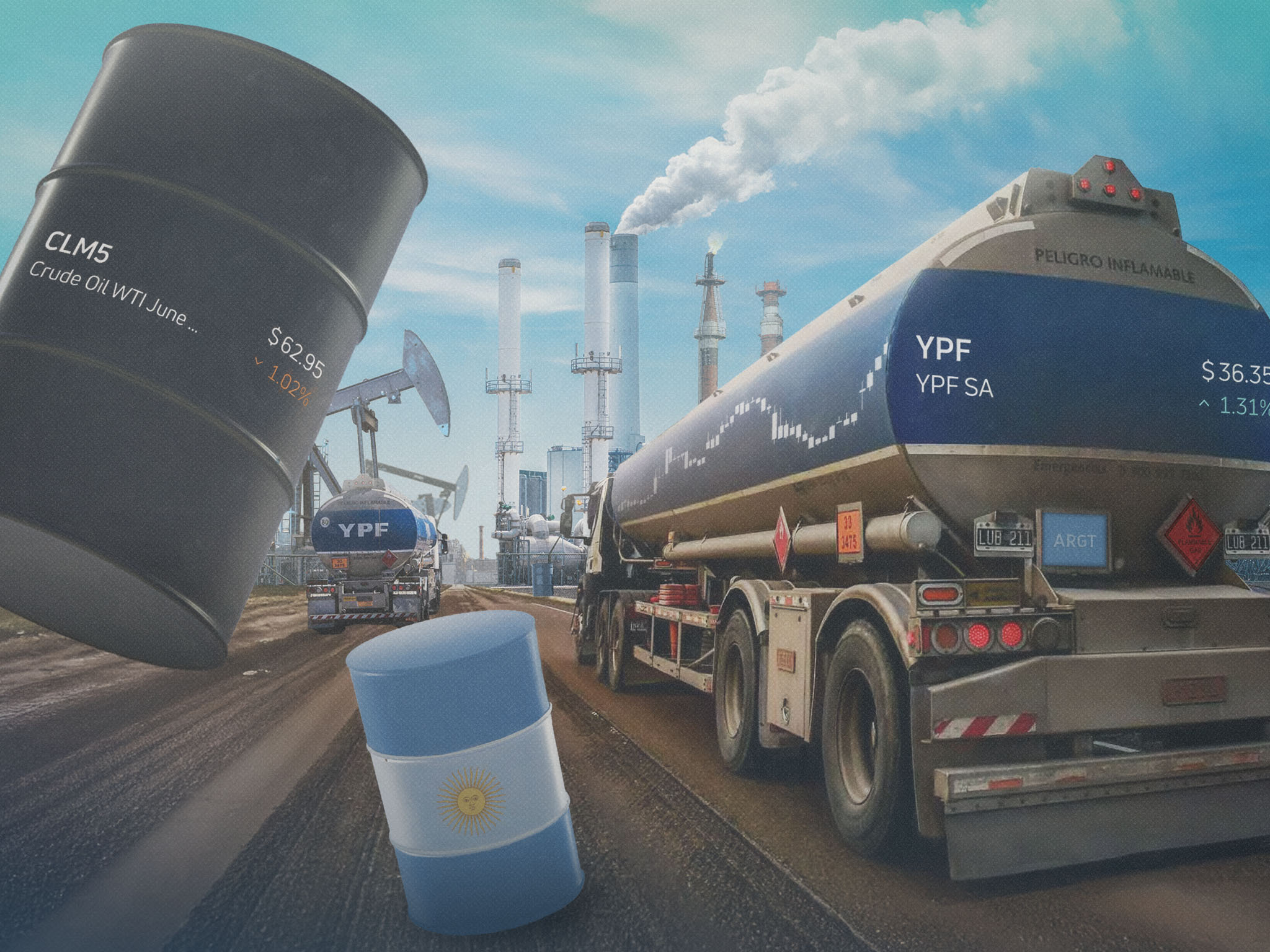Argentina’s state-controlled oil company YPF S.A. (NYSE: YPF) laid out an ambitious plan in late 2023 to quadruple its market capitalization in four years’ time by developing the prolific Vaca Muerta shale play, but declining oil prices may have thrown a wrench into those plans. CEO Horacio Daniel Marin says it’s only a temporary setback.
“Energy is all about the long term,” he said in a recent interview with Infobae. “I’ve seen oil at $8 a barrel…It goes up, it goes down.”
YPF, he added, has been exiting mature oil fields that are more expensive to operate, and that means the company now has a much lower breakeven price of around $45 a barrel. Marin, meanwhile, said that insatiable demand for energy—including from the exploding use of electricity-hungry artificial intelligence—meant that prices should be supported for years to come, regardless of the current market swings.
West Texas Intermediate (NYMEX: CLM5)—a type of crude oil that’s a widely used benchmark for prices in the US—has declined around 12% so far this year and is presently trading around $63 a barrel. That’s meant less revenue for oil producers like YPF, which has seen its shares decline almost 20% over the same period. The company currently produces around 552,000 barrels a day of oil equivalent.
“These steep price drops, they’re not normal,” Marin continued. “They reflect negotiations and market turbulence. I’m not pessimistic at all about the future. Worst-case scenarios might delay some programs, but they won’t kill Vaca Muerta.” He took a similar message to YPF’s Investor Day in New York last month, where he tried to reassure shareholders.
Margins tighten as oil prices fall
While the company’s revenue rose 6.9% in the first quarter to $4.6 billion—largely driven by increasing production of oil and natural gas liquids—it saw a net loss of $10 million compared to a profit of $657 million in the same three-month period last year. The financial pressure has pushed YPF shares to lag behind other Argentine companies, which have been buoyed by economic reforms being spearheaded by President Javier Milei. The Global X MSCI Argentina ETF (NYSE: ARGT), for example, has risen 6% so far into 2025 (after gaining 66% in 2024).
YPF, for its part, is plowing forward with its growth strategy known as “4×4,” which, in addition to Vaca Muerta development, includes longer-term plans to export liquefied natural gas. Marin, a chemical engineer with 35 years of experience in energy, says the company should be able to produce a million barrels of oil equivalent a day by 2030.
“The president gave me only one directive: to enhance YPF’s value,” he said, referring to Milei and saying the company is still on track to achieve its goal of quadrupling market capitalization.
Still, it might not be as easy as they once hoped, as the US Energy Information Administration expects WTI prices to average $63 a barrel this year and then decline to $57 in 2025 because of rising worldwide production and inventories. YPF has benefited from the drastic economic reforms being carried out in Argentina and excitement about Vaca Muerta’s vast reserves of hydrocarbons, but it can’t escape the market forces that affect commodity producers, wherever they are located. That means any additional upside, at least in the short-term, may be out of its control.




Comments